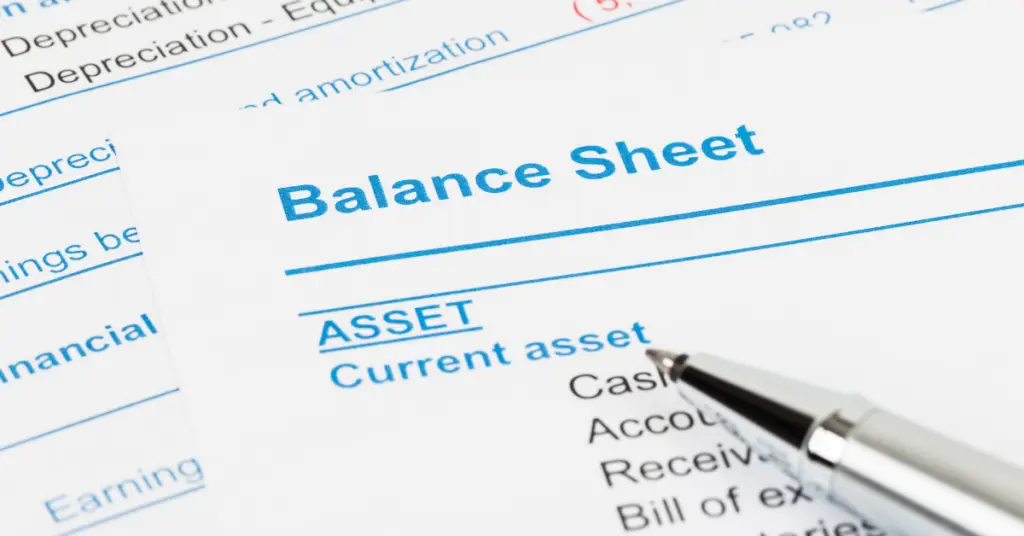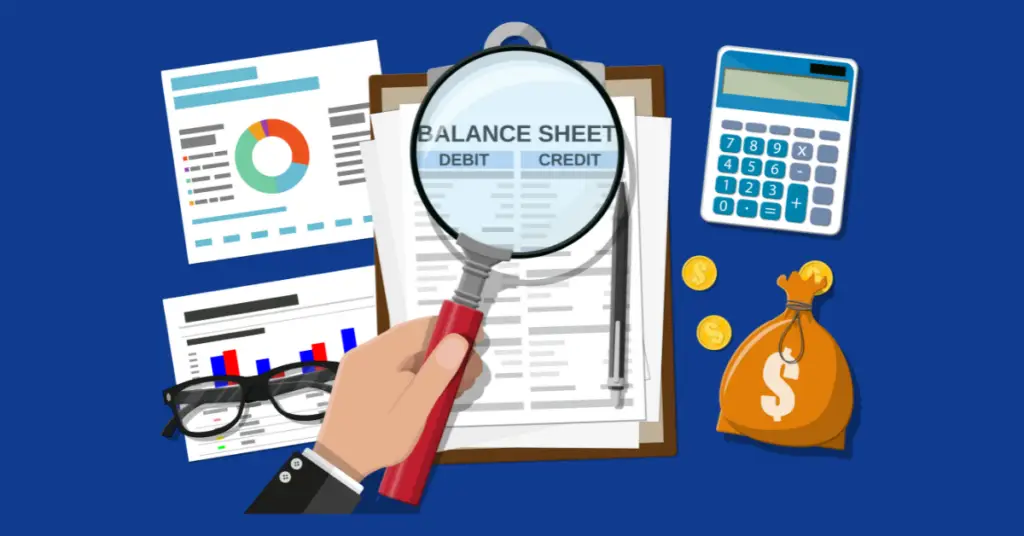Financial statements are essential tools that provide insights into the financial health of a business. Understanding these statements is crucial for making informed decisions whether you’re an entrepreneur, investor, or financial analyst. This blog will dive into what financial statements are, discuss the five major types of financial statements, and explain their role in managing business operations and finances.
What Are Financial Statements?

Financial statements are formal records that present the financial activities and performance of a business over a specific period. They offer a detailed summary of a company’s financial position, cash flow, revenue generation, and overall profitability. These statements are indispensable for various stakeholders, including management, investors, creditors, and regulatory bodies, as they provide transparency and accountability in financial reporting.
These reports help businesses in multiple ways:
- Decision-Making: Management relies on financial statements to make key business decisions such as investing in new ventures, cutting costs, or expanding operations.
- Attracting Investment: Investors use these statements to assess the financial viability and potential growth of a company before making investment decisions.
- Compliance: Companies must produce financial statements to comply with legal and tax obligations.
- Performance Tracking: By analyzing these documents, businesses can track performance, identify trends, and make adjustments to their strategies to ensure growth and sustainability.
Now that we understand the importance of financial statements, let’s explore the five key types in detail.
The 5 Types of Financial Statements
- Income Statement
- Balance Sheet
- Cash Flow Statement
- Statement of Retained Earnings
- Notes to Financial Statements
1. Income Statement
The income statement, also known as the profit and loss (P&L) statement, outlines a company’s revenues and expenses over a specific period. This statement reveals the company’s profitability by showing whether it generated a net profit or loss.
Components of an income statement include:
- Revenue: The total earnings from sales or services before any expenses are deducted.
- Cost of Goods Sold (COGS): The direct costs associated with the production of goods or services sold.
- Gross Profit: The revenue minus the COGS. It reflects the profitability before operating expenses are considered.
- Operating Expenses: Expenses not directly tied to production, such as marketing, rent, and salaries.
- Operating Income: Gross profit minus operating expenses. This represents the company’s earnings before taxes and interest.
- Net Income: The total earnings after all expenses, taxes, and interest have been deducted. This is the company’s final profit or loss for the period.
The income statement is crucial for understanding a company’s operational efficiency and its ability to generate profit. It answers key questions such as:
- How much revenue did the company generate?
- Were operating expenses managed efficiently?
- What were the overall profits or losses?
2. Balance Sheet

The balance sheet provides a snapshot of a company’s financial position at a specific point in time. It summarizes the company’s assets, liabilities, and shareholders’ equity, giving a clear picture of what the company owns and owes.
The balance sheet is structured around the basic accounting equation:
Assets = Liabilities + Equity
Components of the balance sheet include:
- Assets: These are resources owned by the company, including cash, inventory, accounts receivable, property, and equipment. Assets are further divided into current assets (easily converted into cash) and long-term assets (held for more than a year).
- Liabilities: These are obligations or debts that the company owes to creditors, suppliers, or financial institutions. Liabilities are also categorized as current liabilities (due within a year) and long-term liabilities (due after a year).
- Equity: This represents the shareholders’ ownership in the company. It includes retained earnings (profits not distributed as dividends) and common stock.
The balance sheet helps business owners and investors determine a company’s financial health by answering questions like:
- Does the company have more assets than liabilities?
- How much equity do shareholders have in the business?
- What are the company’s short-term and long-term obligations?
3. Cash Flow Statement
The cash flow statement tracks the movement of cash in and out of the business over a specific period. It focuses on how well the company generates cash to fund its operating expenses, pay its debts, and support future investments. The cash flow statement is divided into three main sections:
- Operating Activities: Cash flow from the company’s primary business operations, such as revenue from sales and payments for expenses like salaries and utilities.
- Investing Activities: Cash flow related to the purchase or sale of long-term assets, such as property, equipment, or investments.
- Financing Activities: Cash flow related to financing the business, including issuing or repurchasing shares, borrowing or repaying loans, and dividend payments to shareholders.
The cash flow statement helps businesses understand their liquidity and answers questions like:
- Does the company generate enough cash to cover its day-to-day operations?
- Is the company investing in long-term assets or drawing from them?
- How dependent is the company on external financing?
4. Statement of Retained Earnings
The statement of retained earnings shows the changes in a company’s retained earnings over a specific period. Retained earnings are the portion of the company’s profits that are not distributed as dividends to shareholders but are kept within the company for reinvestment or debt repayment.
This statement typically includes:
- Beginning Retained Earnings: The retained earnings carried over from the previous period.
- Net Income: The company’s profit or loss for the period.
- Dividends Paid: Any payments made to shareholders.
- Ending Retained Earnings: The final retained earnings amount after adding the net income and subtracting dividends.
The statement of retained earnings helps to explain changes in equity and shows how much profit is reinvested into the company. It’s essential for understanding the company’s growth potential and its ability to fund future projects.
5. Notes to Financial Statements

The notes to financial statements, often overlooked, provide additional context and explanations for the figures presented in the other financial statements. These notes disclose important details about accounting policies, contingent liabilities, and other financial obligations not listed on the main statements.
These notes typically include:
- Accounting Methods: An explanation of the company’s accounting policies, such as revenue recognition, inventory valuation, and depreciation methods.
- Contingent Liabilities: Any potential liabilities or obligations that the company might face in the future, such as lawsuits or warranty claims.
- Debt Obligations: A breakdown of the company’s long-term debt and repayment schedule.
- Subsequent Events: Any significant financial events that occurred after the financial statements were prepared.
The notes to financial statements are vital for providing transparency and a full understanding of a company’s financial condition. They give investors and analysts the information needed to assess risks and make informed decisions.
Conclusion
Understanding the five types of financial statements is critical for anyone involved in business or investing. Each statement provides unique insights into a company’s financial health, from its profitability and assets to its cash flow and equity structure. Together, these statements paint a comprehensive picture of the company’s overall financial performance, making them indispensable tools for decision-making, investment analysis, and strategic planning.
Whether you’re a business owner looking to optimize your operations or an investor seeking profitable opportunities, understanding these financial documents will empower you to make more informed and successful decisions.
To manage your Inventory and Accounting processes, try Vencru today!
Related Content






